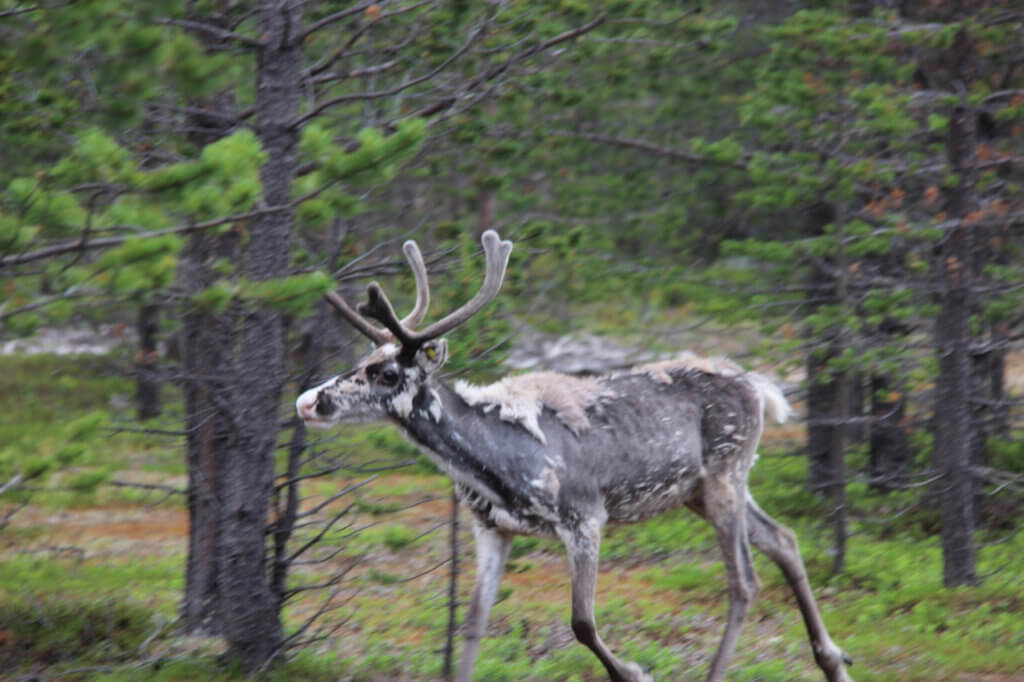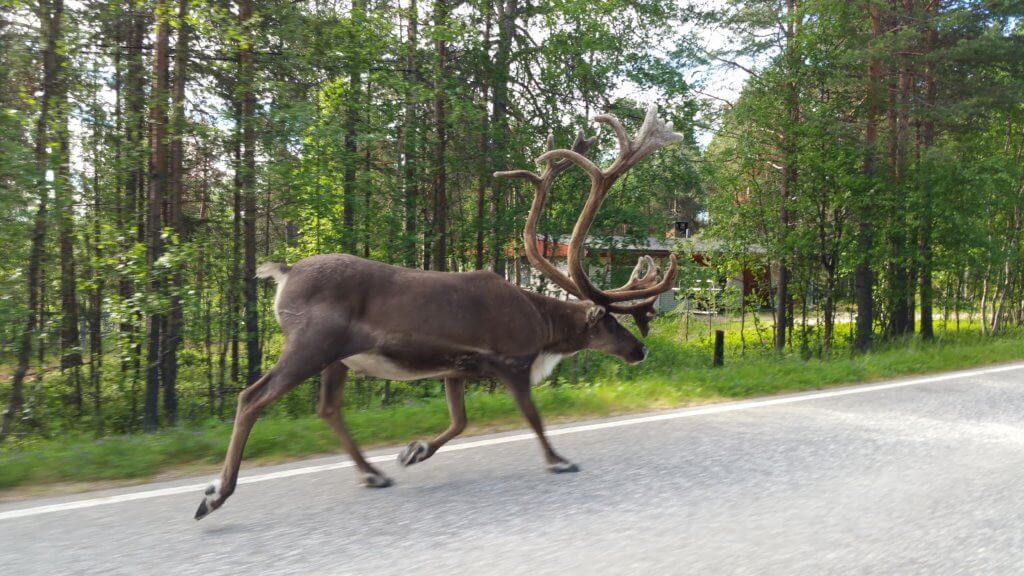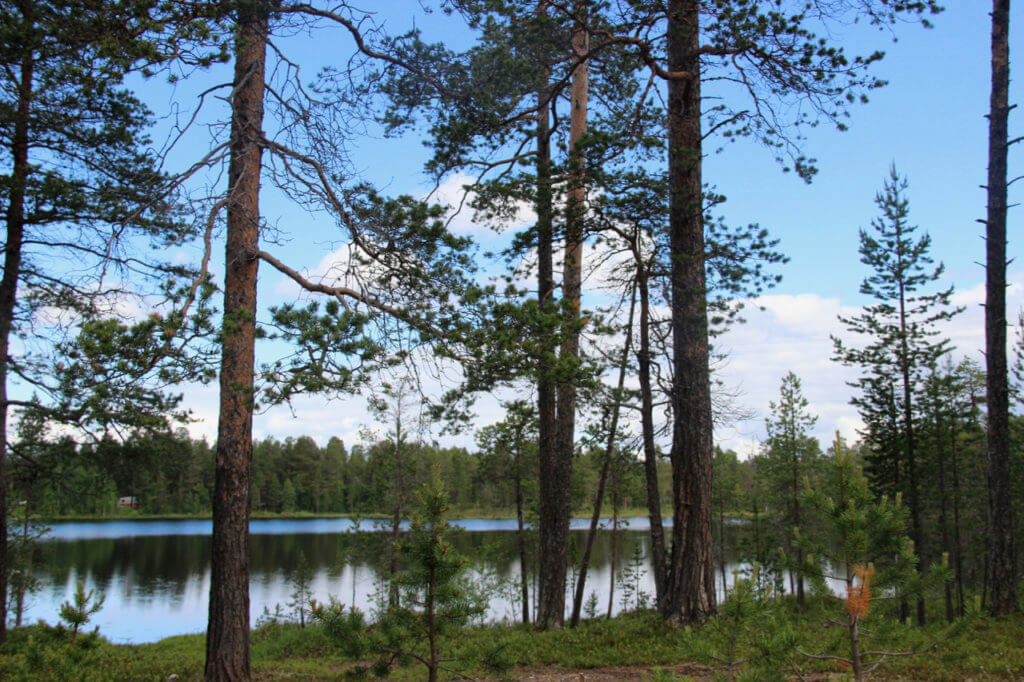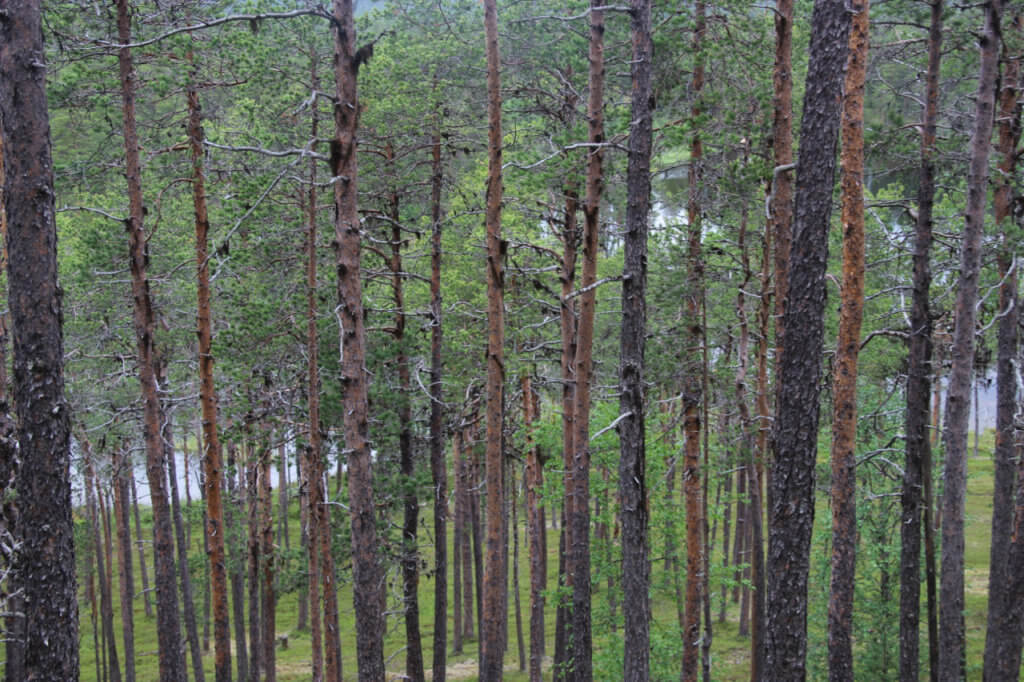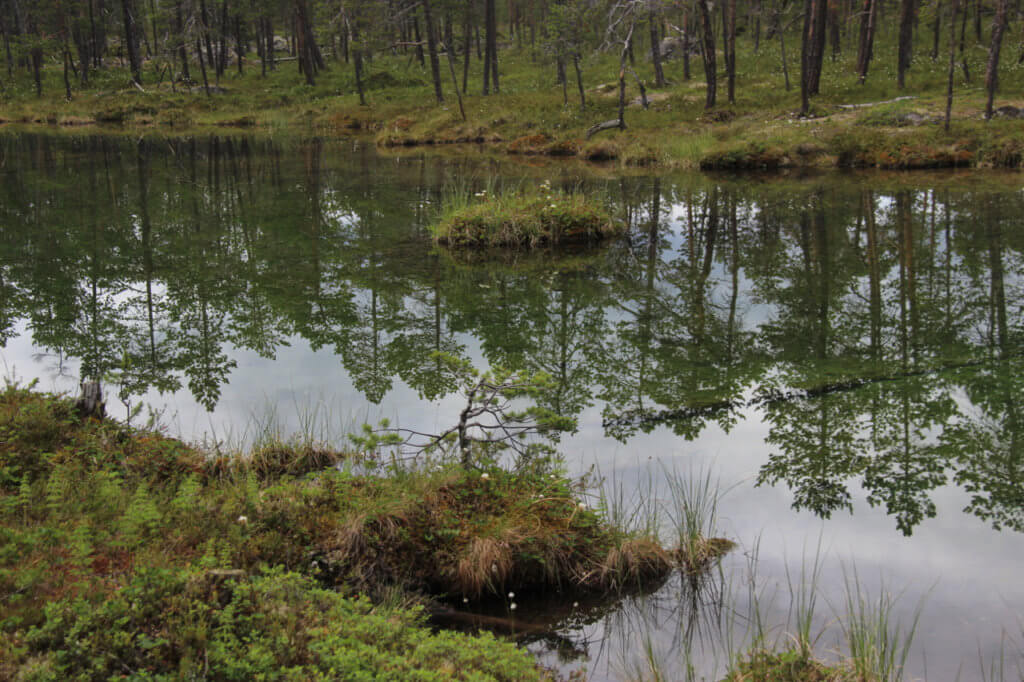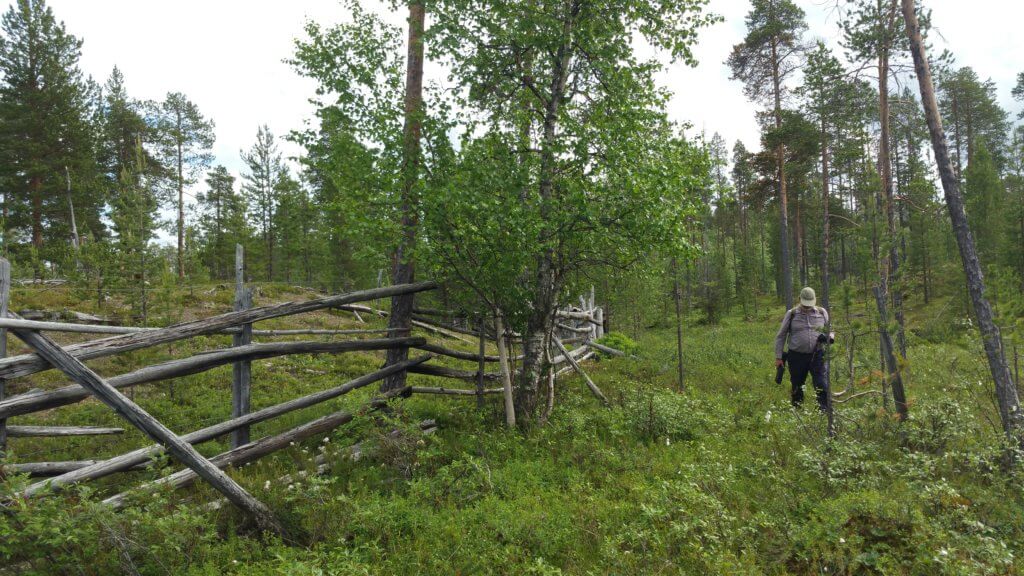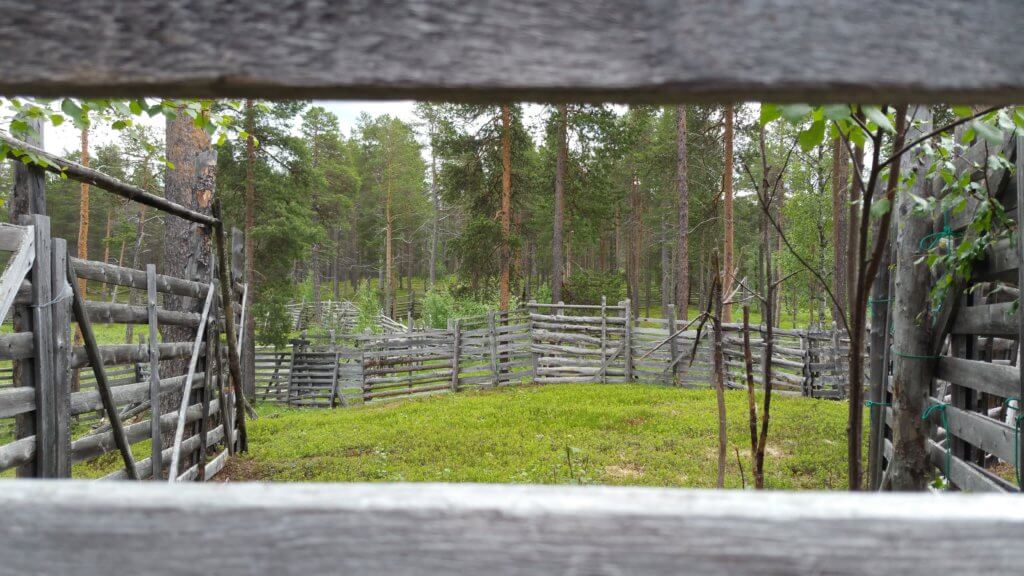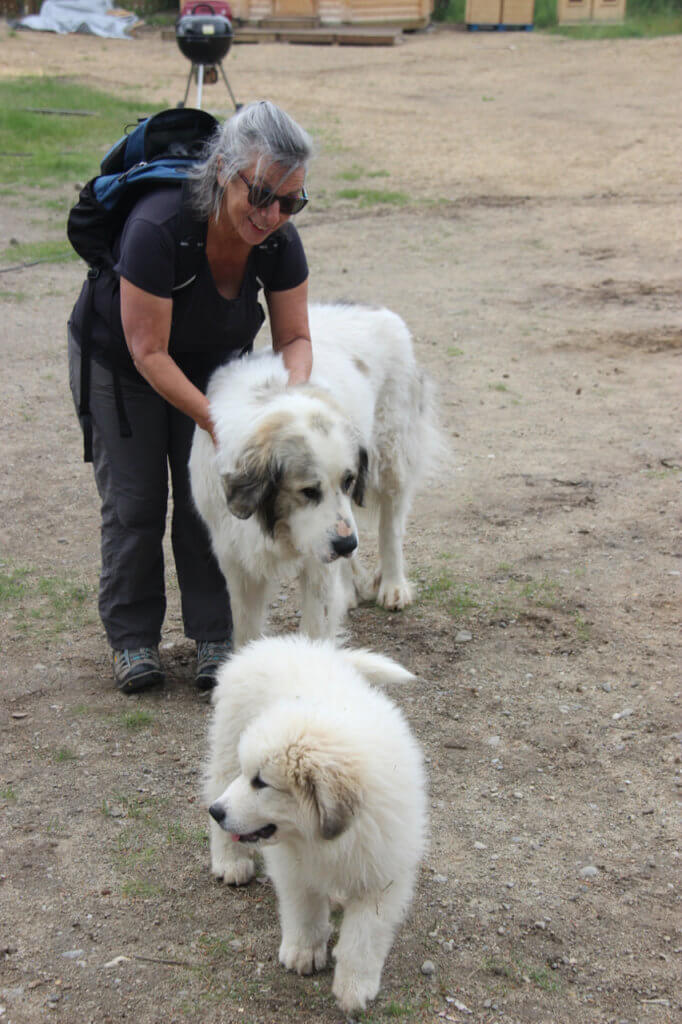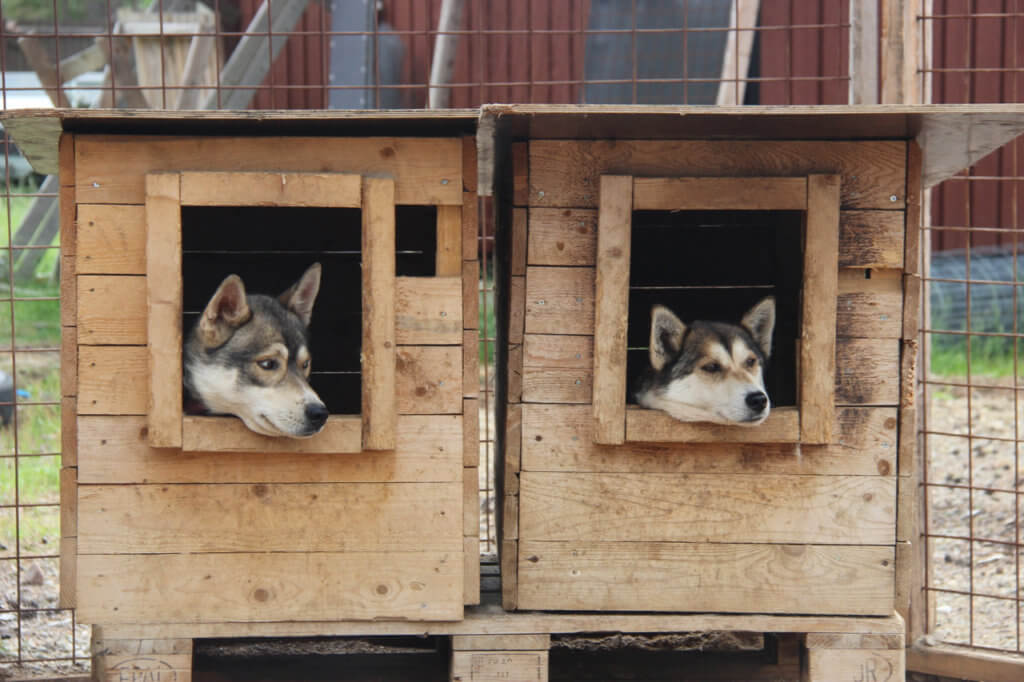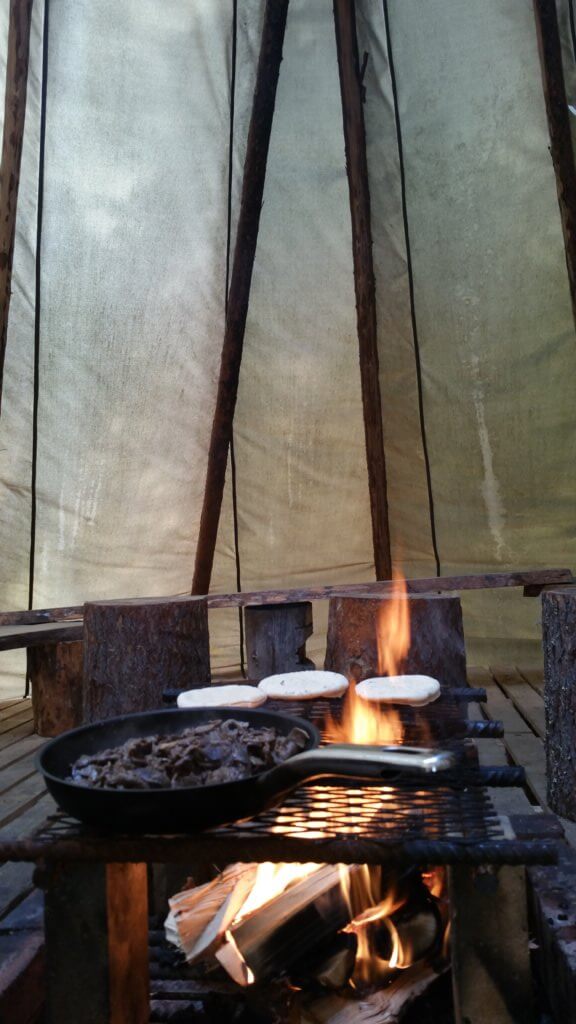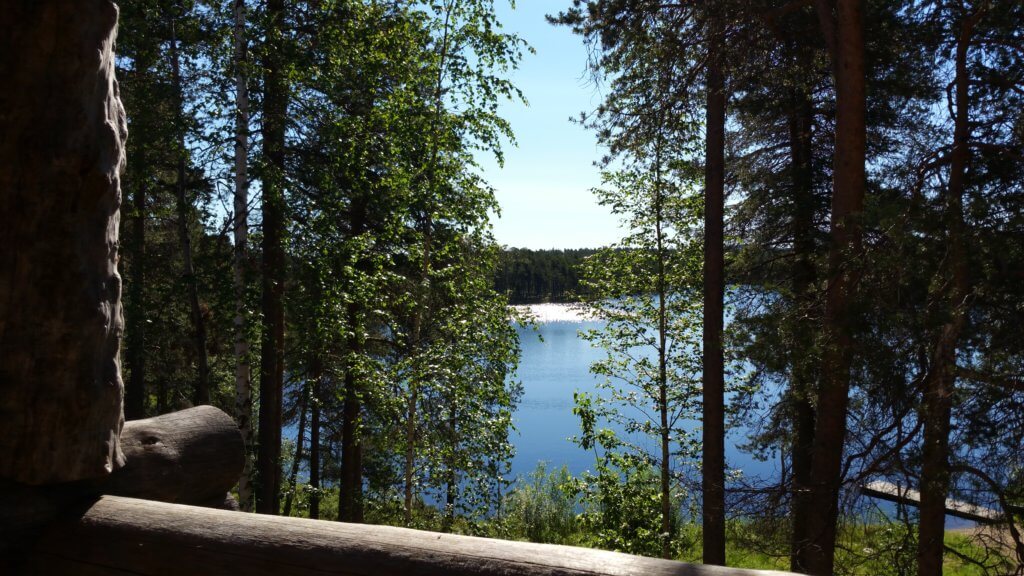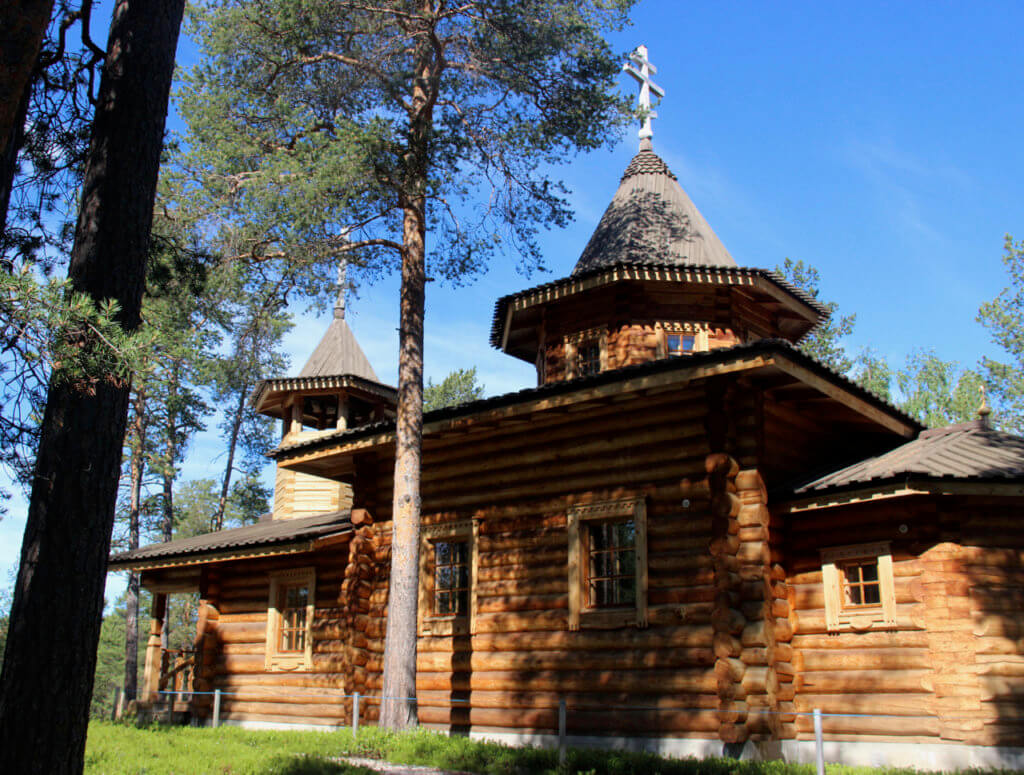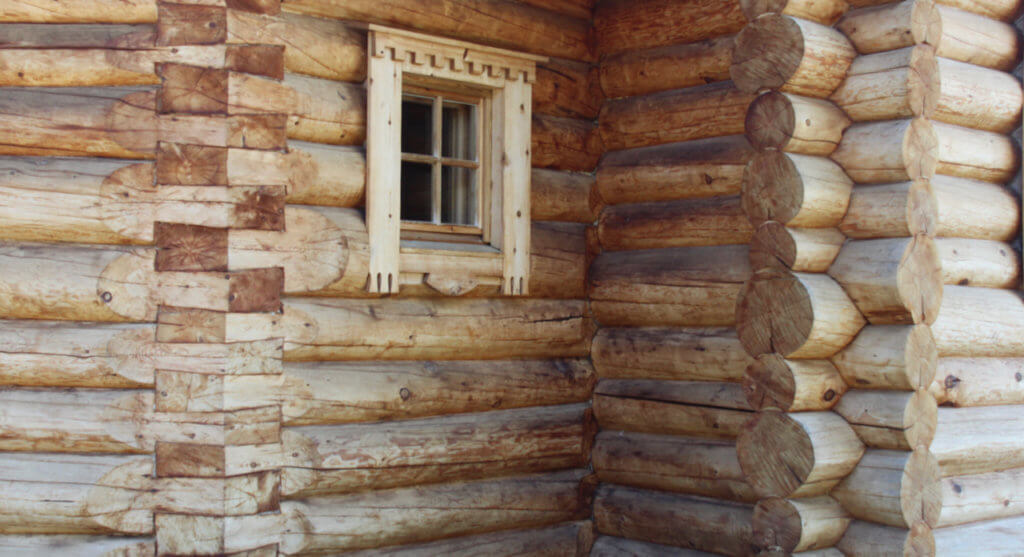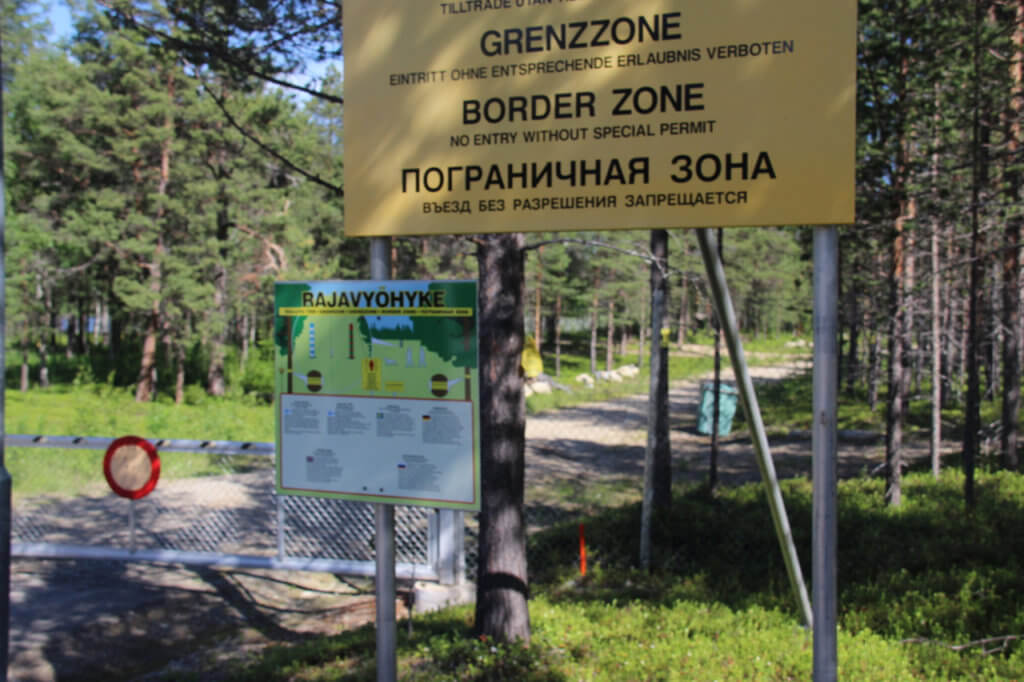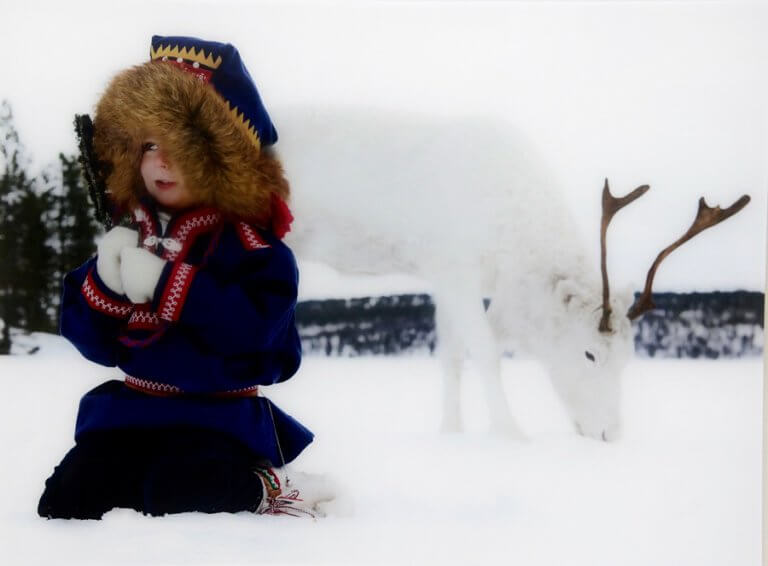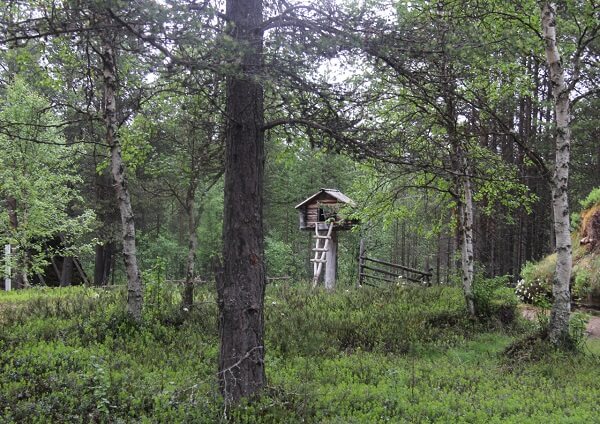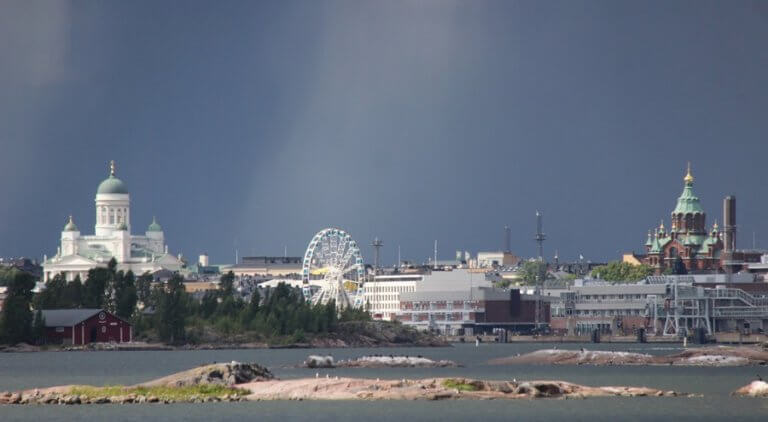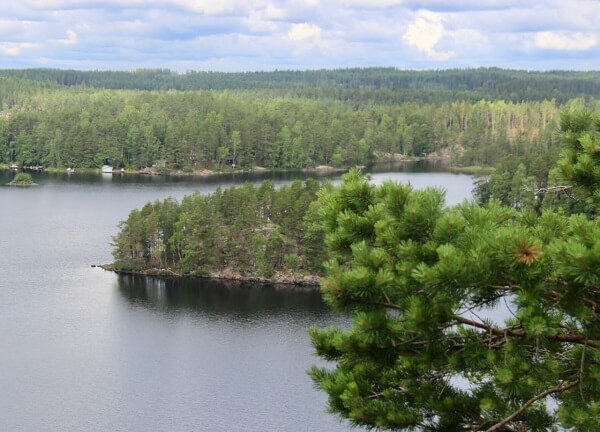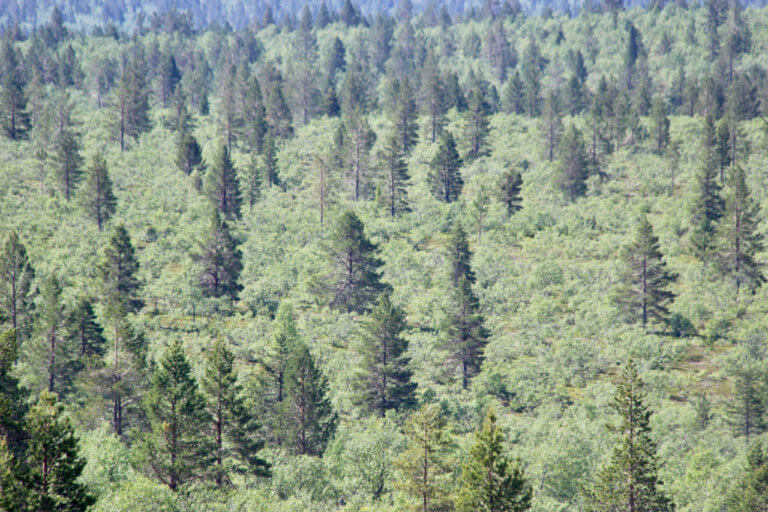Day 151 and 152 15 – 16th July 2017
Day 1 Nellim
After a lovely stay at Inari we now headed off to the next part of our Lapland adventure in Nellim. We are picked up by taxi, as there is no direct public transport and an hour later we arrive at the Wilderness Hotel. For a wilderness location it is pretty busy and we find out that it is because a Sami family gathering is taking place at the hotel. Apparently people have come from all over Finland and the other Scandinavian countries to take part. We are checked into a beautiful log cabin with a view of a lake and then head off to meet our local guide Matti. A charming local, Matti comes from southern Finland but moved to Lapland ten years ago and lives with his partner a Sami and now has a thriving tourism business based mainly around winter activities, involving dog sledding.
But during the summer he guides short hikes and today he led us along the lake through the pine forests and up along a ridge where we could look down on the trees and water. A short time into the hike we came about our first reindeers one with large black antlers.
We chatted as we walked about the complexities of Finnish history that we now had a basic knowledge and the challenges of living during a Finnish winter. And he joked that people get together in summer by the lake have a few beers and talk about the winter J.
As part of the hike we ended up at a reindeer corral, which is used for seasonal herding. The whole culture around reindeer herding is unusual in that whilst owned by individual herders they roam free for a large part of the year. The owner ship of each reindeer is identified by distinct cuts to the ears in a pattern that is unique to a family and indeed to a generation of that family. The reindeers are corralled in June after calving in May. The herders use the corral to sort out the reindeers that they will slaughter, and to establish their ownership of the new calves by marking the ears.
For lunch Matti took us to his home by a lake where he keeps the ninety huskies that he uses for dog sledding in winter. In discussion it is obviously quite a challenge working out from all those dogs which ones will work better together as a sled team. His answer was that he knew each dog individually and that there were personality traits that he could tell would be good in a team or not when placed with others.
We had a lunch of reindeer cooked on an open fire in a tee-pee then he dropped us back at the hotel. Back there we were having a quiet beer in the dining room when the manager came over with two bowls of steaming reindeer soup (not as good as the instant noodles we were going to have in the cabin) but it would have been rude to say no.! To be truthful it was amazingly delicious and flavoured with juniper berries.
After the spontaneous dinner it was back to the cabin for a Sauna and relax!!!
Day 2 Nellim
Today Matti returned and we toured the tiny village of Nellim and surrounds. Nellim is home to about two hundred people and seems to exist for tourism and reindeer herding.
We started by calling at the small Orthodox Church just outside the village and admired the building techniques used in its log construction.
Then onto Lake Nellim and the bridge, which was built to cross it and provide access for logging. The logging is not apparent from the road and once harvested the native trees i.e pines grow again unlike home where we take out native forests and replace them with pine!.
We then travelled along the three km border zone with Russia just over the hill until we came to the end of the road. This of course moved our conversation to discuss Finland’s complicated relationship with Russia.
Here is the short version:
Sweden once possessed Finland, then the Russians as a duchy, then after 1917 and the Russian Revolution, Independence was declared a civil war was fought and in 1919 a Republic declared. In the Second World War Russia invaded Finland as an ally of Germany, the Finns resisted and held the Russians at bay.
Then Germany invaded Russia and the Finns allowed the German soldiers to come into Lapland as a defensive strategy. After the War the Russians demanded huge reparations, made the Finns move against the remaining German militarily and re-wrote the borders. The Germans on the way out followed a scorched earth policy burning Rovaniemi to the ground and bombing Nellim. So they have done well to recover from the 2nd World War with their Republic intact especially as they received no assistance from the allies to rebuild their country.
After the border we went to a river that was used to ferry logs downstream for on to the lake system and then on to Norway for milling. Essentially the trees would be cut down in the forest dragged to the river, and then lumber jacks would ride the logs down the river to the lake. They would then form rafts and get them to the mill. Where we had lunch was a area of rapids where the lumberjacks would not have been able to ride through so they constructed a canal parallel to the river called a flume. A great lunch of fish soup and then back to the hotel and a farewell to Matti.
